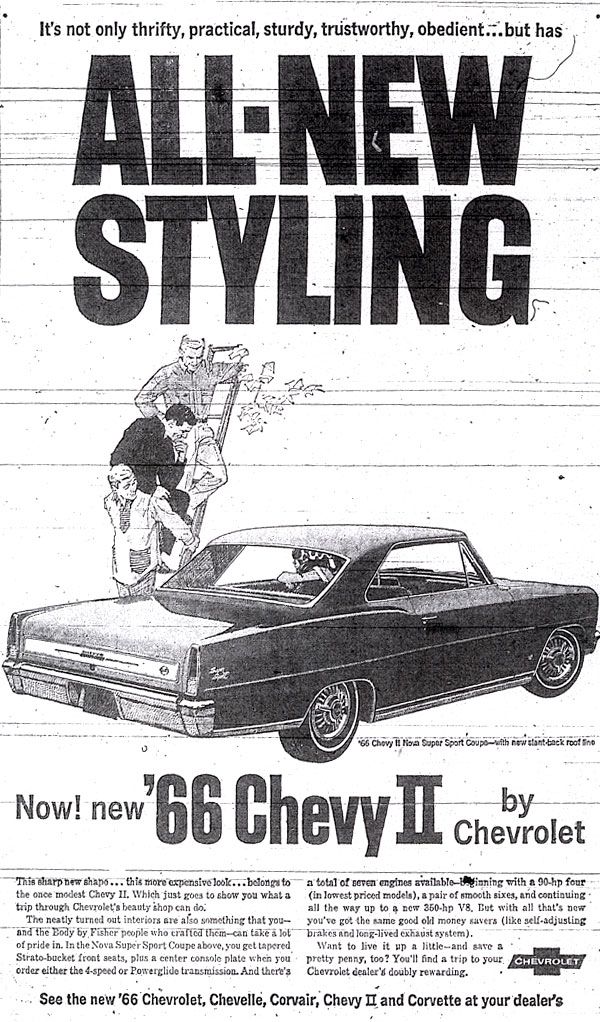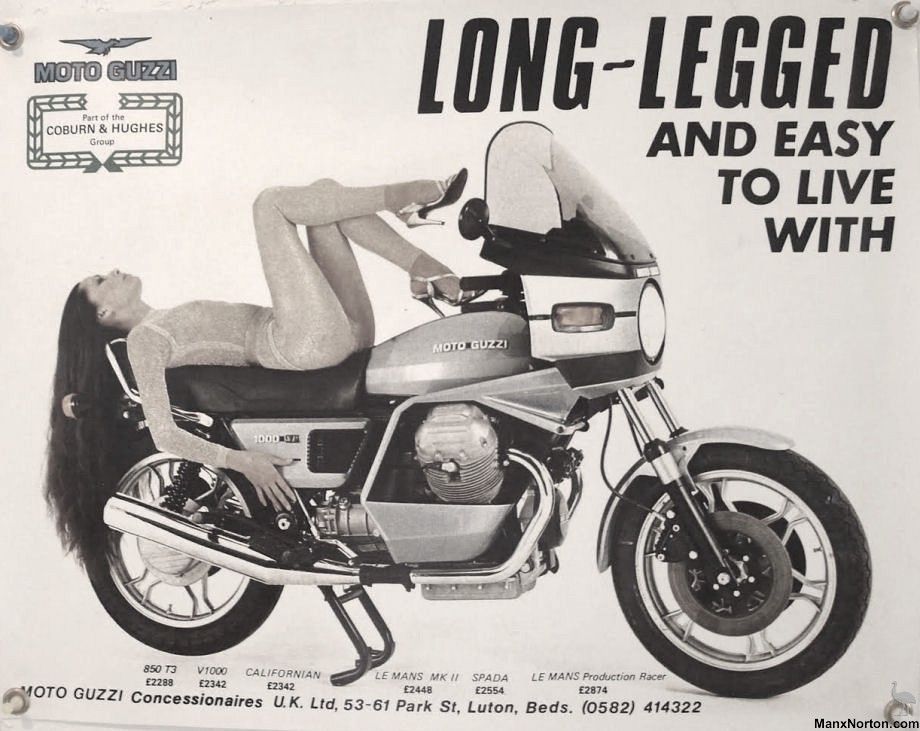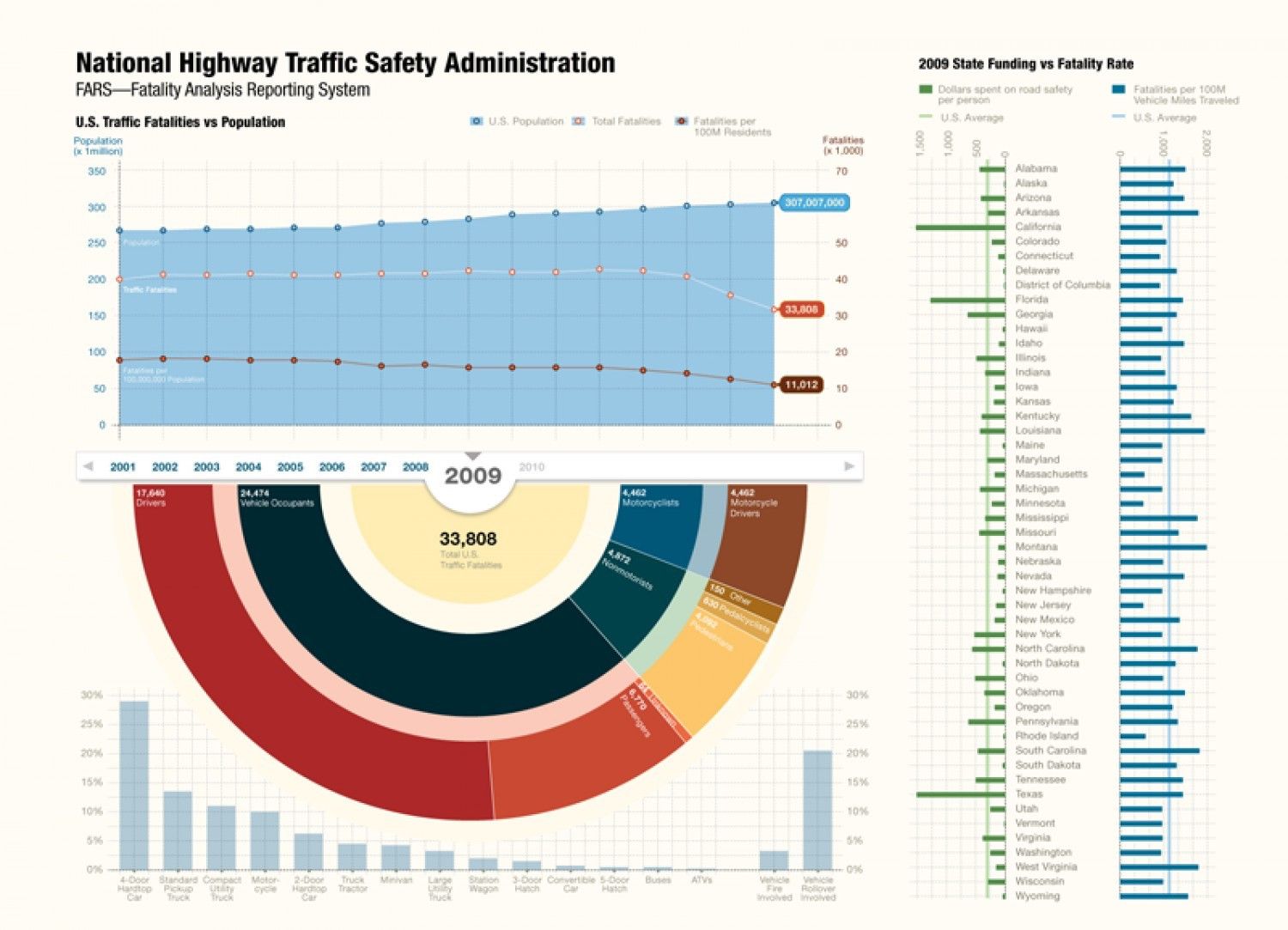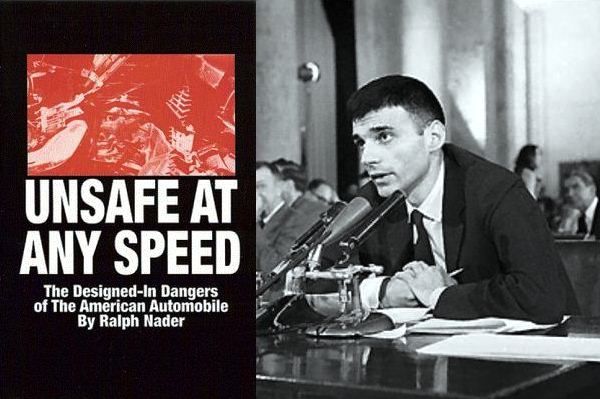The Highway Disease: The Nut Behind the Wheel
Toronto, Ontario, Canada
Today, we believe the cage (aka automobile) is safe. In the latest episode of my preferred podcast, 99% Invisible, I learnt it was not always the case. In the 1950's and 1960's car driving was a dangerous activity. Cars were designed for style and attractiveness. When safety was discussed it wasn't about the car, it was about the driver.
Sound familiar--motorcycle riders?

1960s and 1970s car ads were all about style
Meanwhile within 25 years of the first fatal car crash, automobiles had become the leading cause of accidental death in the US. But all those deaths were blamed on the nut behind the wheel.
"They are the reckless who cause the accidents, that maim and kill." In other words: cars don’t kill people — people kill people.
In the early- to mid-20th century, car ads didn’t emphasize a vehicle’s safety features. Instead, they talked about “styling” and aesthetic details. A Chrysler safety director once compared cars to “women’s hats,” saying “they have to have special attractiveness, and sometimes they even compromise with function.”
Is the styling of a motorcycle more important than it's safety?

Moto Guzzi Long-Legged and Easy to Live With is vintage motorcycle advert circa 1960s
But wait! In the past 50 years, the car crash death rate has fallen by nearly 80% and one of the reasons for that has to do with understanding the probable cause of an accident. For the more than 30,000 fatal car crashes that happen each year, information gathered on the side of the road goes from the accident report form into a federal database: the Fatality Analysis Reporting System. Anyone can use this database to find patterns in crashes.
In 2009, 34,000 fatalities were recorded in the US, about 9,000 were motorcyclists and their passengers.

FARS - The Fatality Analysis Reporting system tracks traffic deaths in the US
But this culture of heavily regulated, data-driven, auto-safety engineering did not always exist. In fact, for decades, automakers tried to keep data about car wrecks to themselves.They not only resisted making cars safer, they argued the very idea of a “safe car” was impossible.
“The whole notion that the machine could have some sort of impact on the likelihood of you surviving a car crash wasn’t even on the radar during the first half of the twentieth century,” says Amy Gangloff, a historian who studies auto safety.
“Car companies were very paranoid about having a discussion about safety in the 1950s. Because a discussion about safety was pretty much going to guarantee that people start thinking about the dangers of driving,” says Amy Gangloff.
1954 AUTOMOBILE ACCIDENT & SAFETY RESEARCH AT CORNELL UNIVERSITY HUGH DEHAVEN 53884
To force society to think about issues of cars and mortality would take more than academic research. It would take politics.

Ralf Nader author of "Unsafe at Any Speed"
Remember Ralf Nader? His book, Unsafe at Any Speed took research by people like Hugh DeHaven and turned it into a scorching indictment of the auto industry. It showed car companies had actually patented a lot of important safety technologies — including the collapsible steering column — but they weren’t using them.
But before someone could come up with a safer car, someone had to come up with the idea that cars could be safer. And this brings me to where we're at with our thinking about motorcycles today.
Motorcycles are safer than ever before. They are a viable and safe transportation solution that can change how we move through cities and help reduce gridlock and pollution. However, it seems the collective "we" have decided that there's little we can do to improve motorcycle safety. That legislators can't do anything to improve motorcycle safety that motorcycles are inherently dangerous and we just accept that. We can't talk about motorcycle safety we'll deter people from riding. That motorcycles are "unsafe at any speed".
Clearly that's not the case. I accept the idea that motorcycling could be safer. Let's engage the academic researcher, let's engage the politicians to move the dial in keeping motorcyclists safe.
Listen to the full episode of 99% Invisible on TuneIn but you might also like Google Music. Enjoy.
You must be logged in to comment
Login now
@champers I'd buy that bumper sticker: <span>"Hey inbreed, I'm in your effing blindspot!" Always a refreshing joy to read your rants.</span>
@marina Motorcycles are probably as safe -- 220+hp notwithstanding -- as they're going to be for a while.
But I'd advocate for mercilessly tough testing with mandatory training for all new riders.
The low IQ squidlets who rip around the city celebrating their rev-limiters after every Moto Social Night are blithering gibbons who are ruining the reputations of us calmer, more civilized hooilgans. They need to be rounded up and given the option of either euthanization, or shipment to far northern work camps where they do nothing but change out knobby tires with poor quality tools 20 hours a day for five years. If they make no trouble, they would be set free, in the tundra.
Next, ban all minivans, Audis, BMWs and tuner cars, and mandate a maximum of one child per vehicle -- and said child must be anesthetized at all times when the vehicle is in motion.
I'd also require cellphones to be shut off in order for any vehicle to run. Or the vehicle explodes.
Add in-vehicle alarms to everything that rolls that blast deafeningly when they're about to run red lights (I saw two malfunctioning red-light runners in five minutes last Saturday).
"Hey inbreed, I'm in your effing blindspot!" indicators on all vehicles -- why is this not already the law?
Allow filtering in the city. I don't think I'd want to do it on the 401 though. Too many human-like lifeforms in overpowered cars and trucks which they lack the intellectual resources to manage safely.
That would be a start.
There's a lot you can do with a car to make it safer - seatbelts, airbags, crumple zones, sacrificial metalwork /etc
There's not so much you can do with a bike - there's no metal work to deform around you to protect you. There's not enough mass to keep you anchored to the ground, or dissipate the shock.
Honda did have their weird airbag on a Gold Wing a few years ago. I have no idea what happened to it. Beyond that, air vests will help - A D-Air suit is going to cost you an arm and a leg. More affordable options are still expensive ($500) and designed to be worn over a jacket, which makes them too hot for most summer riding.
The only other thing you really can do is "rider aids" on the bike - ABS, we already have and it's awesome. Other stuff, such as engine management I'm less excited by. I don't need wheelie control (nor would I want it). Cornering traction sounds great, but the key is that features cannot take over or where's the fun?
The one thing I NEVER want is an automatic gearbox. I've tried them and they need to be avoided like a sixteen hour highway grind -They're both about the same amount of fun